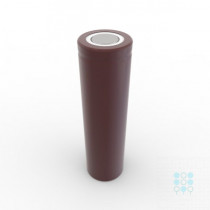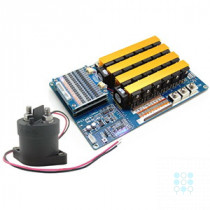It is essential to regularly check the coolant level in your vehicle and top it up as needed to ensure that the engine remains properly cooled. It is also recommended to flush and replace the coolant according to the manufacturer’s guidelines to maintain the effectiveness of the cooling system.
The clutch cable is a vital component of manual transmission vehicles, connecting the clutch pedal to the clutch mechanism. It plays a crucial role in disengaging and engaging the clutch, allowing the driver to shift gears smoothly. Understanding the function and maintenance of the clutch cable is essential for ensuring the smooth operation of your vehicle.
In conclusion, the clutch cable is a crucial component of manual transmission vehicles, enabling smooth and efficient gear shifts. Understanding its function, signs of failure, and proper maintenance is essential for keeping your vehicle in optimal working condition. By taking care of your clutch cable, you can ensure a more enjoyable and safe driving experience.
The TPS is typically located on the throttle body or carburetor and consists of a sensor and a mechanical linkage. The sensor measures the angle of the throttle valve, which indicates how much air is entering the engine. This information is important for the ECU to adjust fuel injection or carburetion accordingly to maintain the proper air-fuel ratio for efficient combustion.
Design:
Crankshafts are typically made from high-strength alloy steel to withstand the immense forces and stresses generated during engine operation. They have a complex design that includes various journals, throws, and counterweights strategically placed to ensure smooth and balanced rotation. The journals provide support and reduce friction between the crankshaft and the engine block, while the throws connect the crankshaft to the connecting rods.
Introduction:
Ball joints are a critical component of a vehicle’s suspension system. They play a crucial role in connecting the steering knuckle to the Camshaft Timing Control arm and allowing for movement and articulation of the wheels. Understanding the function, types, and maintenance of ball joints is essential for ensuring the safety and performance of your vehicle.
In conclusion, the crankshaft is a critical component of an internal combustion engine that converts linear motion into rotational motion to propel a vehicle. Its design and function are essential to the overall performance and efficiency of the engine. Understanding the operation and maintenance of the crankshaft can help ensure the smooth operation of the engine and prolong its lifespan.
Types of Brake Fluid:
There are several types of brake fluid available on the market, with the most common being DOT 3, DOT 4, and DOT 5. Each type has specific characteristics and compatibility with different vehicle systems. DOT 3 and DOT 4 are glycol-based fluids that are hygroscopic, meaning they absorb moisture over time. This can lead to a decrease in the fluid’s boiling point and overall performance. DOT 5 fluid, on the other hand, is silicone-based and does not absorb moisture. It is more stable at high temperatures but is not compatible with systems designed for glycol-based fluids.
1. Inline crankshaft: Found in engines with cylinders arranged in a straight line.
2. V-type crankshaft: Used in engines with cylinders configured in a V-shape.
3. Flat crankshaft: Typically employed in high-performance engines for better weight distribution and balance.
If you suspect that your clutch cable is failing, it is important to have it inspected and replaced by a qualified mechanic. Ignoring clutch cable issues can lead to more severe transmission problems and potentially unsafe driving conditions.
Function:
The primary function of a crankshaft is to convert the reciprocating motion of the pistons into rotational motion. This process is crucial for transferring power from the burning fuel mixture in the cylinders to the wheels of the vehicle. As the pistons move up and down in the cylinders, the connecting rods attached to them push and pull on the crankshaft, causing it to rotate. This rotational motion is then transferred to the transmission and ultimately to the wheels, propelling the vehicle forward.
Signs of Brake Fluid Issues:
There are several signs that indicate potential issues with the brake fluid or braking system. These include a spongy brake pedal, a noticeable decrease in braking performance, a low brake fluid level in the reservoir, or the presence of a dark or milky appearance in the fluid. If any of these signs are present, it is important to have the brake system inspected by a qualified mechanic as soon as possible.
Using the correct type of coolant is crucial for the proper functioning of the engine. Different vehicles may require specific types of coolant, so it is essential to refer to the owner’s manual or consult with a professional mechanic to determine the right coolant for your vehicle.
Please Login or Register to submit your answer


